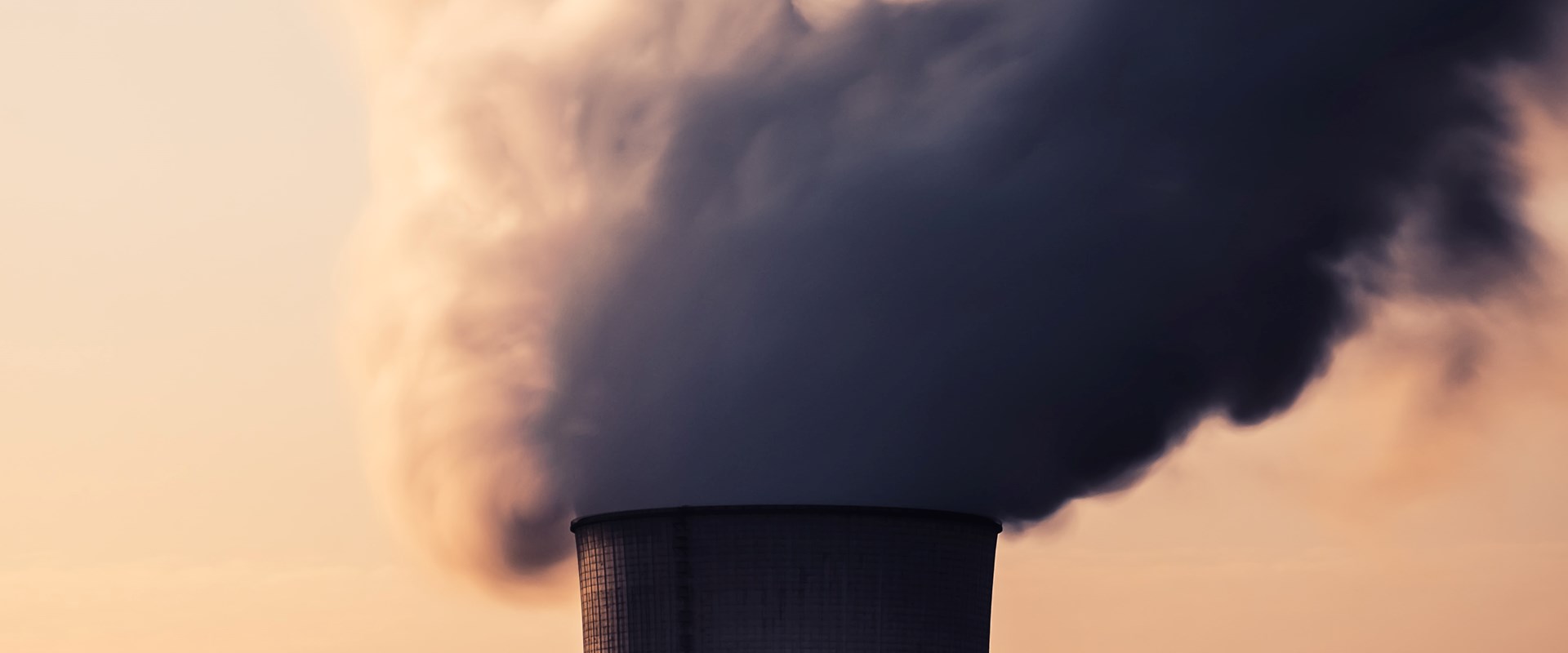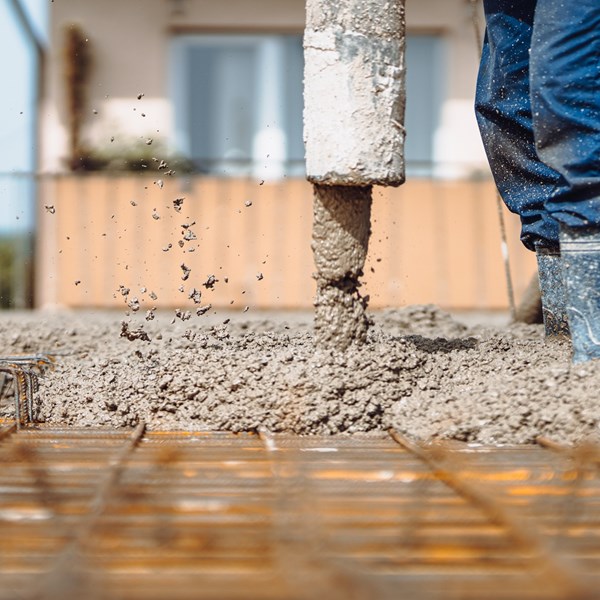In September 2021, the European Commission committed to publishing a policy paper on “the sustainable management of the carbon cycle” by the end of this calendar year as a first step towards an EU-wide certification scheme to help tackle harmful emissions.
On 15th December, EU policymakers confirmed this policy would also include the creation of a system designed to certify carbon removals. To their thinking, this will lead to a regulated EU market for captured carbon that will in turn lead to the provision of financial incentives to encourage more EU members to store more CO2.
These policies will spearhead the EU’s plan to achieve net zero emissions of all greenhouse gases by 2050 by helping to scale up CO2 removals to offset the emission levels currently produced by agriculture and heavy industry, sectors it is felt will never be able to cut their emissions to zero.
HOW WILL THE EU'S CO2 REMOVAL SCHEME WORK?
The European Commission said their plan is that by the end of 2022, they will have implemented a system that records certified carbon removals by measuring the volume of CO2 being removed from different agricultural processes and individual land holdings across the EU. These totals would then be analysed in terms of how long the captured CO2 can be stored.
In return, the farmers and landowners would earn EU-recognised credits for their efforts. They will then be able to sell their credits to other entities that need to balance their emissions.
The recipients of these credits would be able to add them into the EU's existing carbon market, which already requires heavy polluters like power companies and heavy industry to buy a permit every time they release CO2 emissions. However, it is also hoped this new system will be the first step towards an EU-regulated platform that would give organisations and individuals the ability to trade certified carbon removal credits.
WHAT PART WILL INNOVATION NEED TO PLAY IF THE EU CO2 REMOVAL SCHEME IS GOING TO HELP THEM REALISE THEIR NET ZERO GOALS?
The EU reportedly want to capture five million tonnes of CO2 from the atmosphere each year by 2030. However, this is only a small percentage of the 3 billion tonnes of CO2 the EU emits every year.
This means that despite the obvious advancements in carbon capture and storage technologies, success - or at least meaningful results - will hinge on the ability to scale up capacity and productivity, and scale up quickly.
Recent UK IPO stats show a significant increase in patent applications (a global increase of 22% from 167 in 2019 to 203 in 2020) relating to carbon capture, usage and storage (CCUS) technology in recent years.
This coincides with a significant growth in the UK In CCUS activity. This is likely to be because the UK government is significantly investing in the development of CCUS facilities in the UK and this will more than likely influence how patenting activity develops over the next few years.
However, while these statistics underline the rate of innovation driving carbon capture and storage, it only tells half the story.
Yes, patent protection is essential. After all, you don’t want all your hard work to be copied, appropriated or misused while growth and competition are at an all-time high. However, there is also a question of commercialisation - can you bring your technology to market quick enough and in sufficient quantities to make the impact you want to and the impact the environment needs you to?
It’s all too often forgotten that finding ways to scale up should also be within the remit of your patent attorney.
Our job is to make sure your innovation is in the best possible shape to achieve all your commercial objectives whether that means providing additional advice on how best to scale up production, how to licence your technology so others can increase your production and market reach and how to help you attract the investment you need to increase your production.
If you would like to discuss how best to protect, commercialise and scale up your latest carbon capture or cleantech innovation, please contact our specialist energy and cleantech team.







